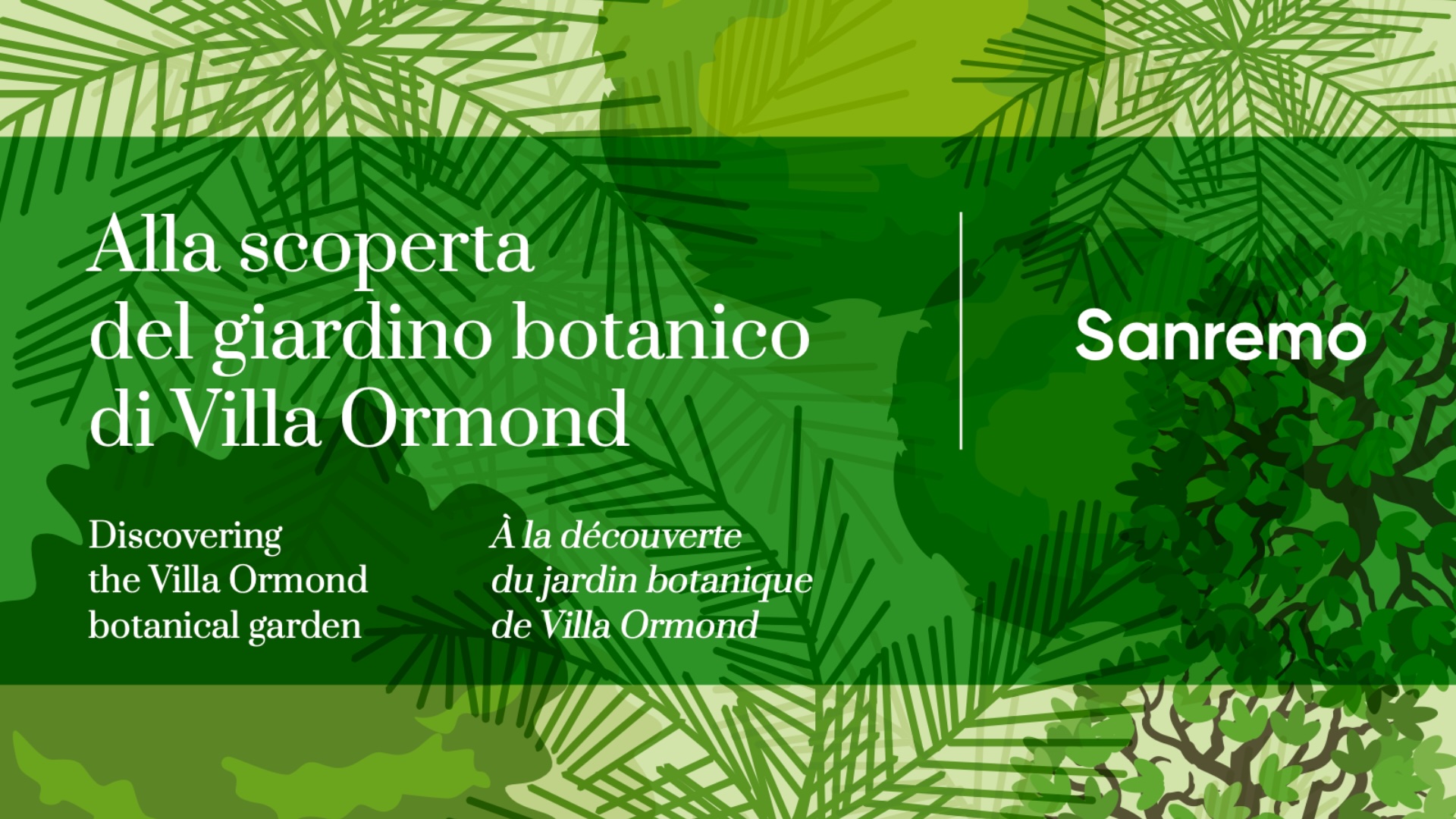| Etymology | Genus dedicated to the French mathematician, military man, navigator and explorer Louis-Antoine de Bougainville (1729-1811) who led an expedition around the world. The Latin name of the species, glabra = glabrous, refers to the stem and leaves. |
| Common name | Buganvilla |
| Origin | The species is native to Brazil (Bahia, Rio de Janeiro, Santa Catarina and Sao Paulo), where it lives in coastal forests, stretching its branches over the trees on which it intertwines. The plant was discovered in 1768 in Brazil by Jeanne Baret, an assistant nurse on the French expedition led by Louis Antoine De Bougainville. Jeanne was embarked as a botanical expert and, in agreement with the commander, dressed as a man. The plant was named in honour of the expedition’s commander. |
| Description | Shrubby, evergreen plant in Riviera, sarmentose and climbing, very branched, which can grow up to 10 metres high, densely covering walls, pergolas or trees. The leaves, on a 1 cm long petiole, are simple, alternate, ovate-lanceolate with pointed apex, deep green, glabrous above, slightly pubescent below. The inflorescences are axillary panicles produced on young branches, bearing clusters of three small flowers inserted on the same node, tubular, creamy white, surrounded by three showy petaloid bracts, purple or magenta in colour, which persist for a long time. The flowers, unlike the bracts which are spectacular, are inconspicuous. Bougainvillea glabra, with its varieties and hybrids, is a species of great ornamental value. It requires full sun exposure and well-drained soils, being rather sensitive to waterlogging. It can be used near the sea, but the leaves are damaged in cold weather. Nurseries offer numerous varieties, with different colours, number of bracts and habit. Very common on the Riviera is Bougainvillea glabra var. sanderiana Bosschere (1895), which is particularly resistant to the cold. The majestic Bougainvillea growing near the pool in the Ormond Gardens was planted in the 1930s, along with others that died during the cold winters of 1953 and 1985. |
30 August 2024

